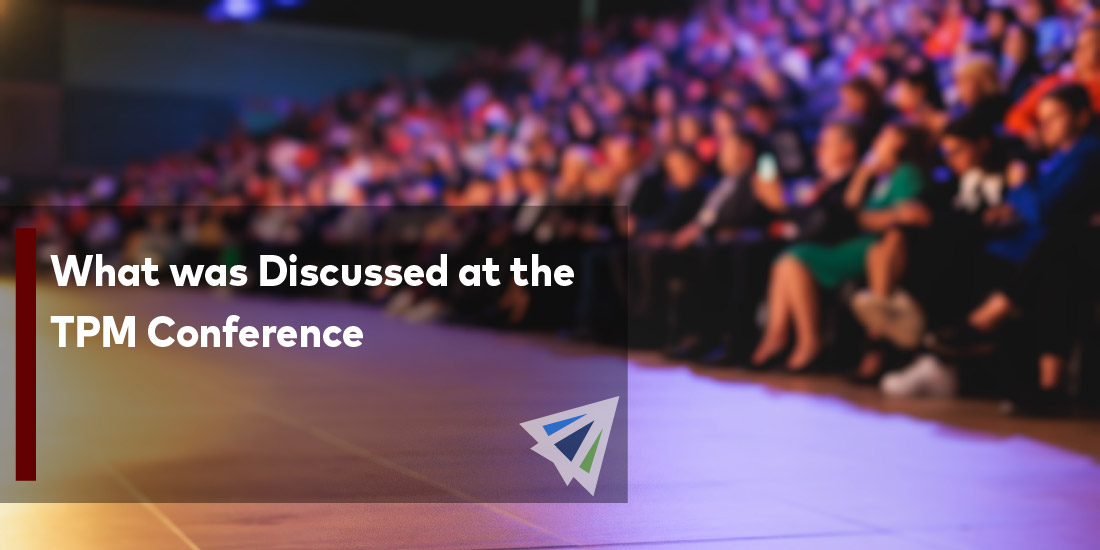The TPM Conference, put on by the Journal of Commerce and S&P Global, is focused on the trans-Pacific and global ocean container supply chains. This year the conference took place on March 3-6.
In this blog, we briefly recap some of the biggest talking points from the conference.
Key Talking Points
Red Sea Diversions
It shouldn’t come as to too much of a surprise that one of the largest topics of discussion at TPM was about the Red Sea.
A majority of the conversation centering around the Red Sea was not so much about when it would be over, but more so of how to manage this situation as the disruption is continuing for the foreseeable future. While it seems like we are in another “new normal”, some were left wondering what would happen if more problems arise.
Trade lanes from Europe to Asia, the Middle East and India have been impacted the most by the Red Sea diversions. Alan Murphy, CEO of Sea-Intelligence Maritime Analysis said, “Even if we fix the crisis tomorrow, which I don’t know how we do it, it will still take more than six months to move the carrier networks back, a bit like trying to fix the wheels of a moving train.”
With some vessels rerouting and going around Africa’s Cape of Good Hope, it has added an extra 10 or days to the typical transit times through the Suez Canal. More days equal the more money it costs for each voyage.
At Interlog, we discussed this topic in our recent webinar on March 20. You can listen to that here.
Gemini Cooperation
Ever since Hapag-Lloyd and Maersk announced their new venture together, it’s been the talk of the town. As the Journal of Commerce notes, there was some skepticism in conversations at the conference, as to whether a network with more emphasis on hub-and-spoke and less on direct services would be able to deliver the service levels that shippers require.
“We have to demonstrate that it works,” Rolf Habben Jansen, Hapag-Lloyd CEO said at TPM in regards to the hub-and-spoke network they plan to operate.
Additionally, one of the goals of this partnership is to raise schedule reliability for vessel sailings to 90 percent. Habben Jansen understands the skepticism of that goal but is, “convinced when we can demonstrate 80-90 percent schedule reliability people will accept it.”
“If we are able to break what is today a ceiling in ocean reliability of anywhere between 80-85 percent, and deliver a 90-95 percent reliability, we’re able to offer our customers a significant reduction in variability or an increase in consistency…,” an executive from Maersk told CNBC at TPM.
The Gemini Cooperation is set to launch in February 2025. Maersk and Hapag-Lloyd will leave their current respective alliances in January 2025.
Inland Ports in the U.S. Southeast See Growth
In the past year, inland ports in the U.S. Southeast have seen an increase of growth.
Inland Port Dillon and Inland Port Greer both saw an increase in volumes handled in 2023 from 2022. Port Dillon’s volume hit 43,000 containers, up from 28,000 in 2022. Port Greer on the other hand handled 176,000 containers in 2023, up from 139,000 in 2022 – the JOC reports.
Some are hopefully this could potentially lead to more growth opportunities.
“I’ve seen the growth with the inland ports established on the CSX network. In every instance that I can think of when we created the solution with a port authority, it’s creating a seamless transaction. There’s more opportunity, and I think it will come,” said Maryclare Kenney, CSX Vice President of Intermodal and Automotive.
Looking Ahead
There was a lot more discussion at the TPM conference. If interested, you can check out more here.
Should you have any questions regarding this and how it could impact your shipments, please reach out to our team today.
Additionally, we have our weekly market updates that can provide you with relevant freight news, updates, developments across the industry, and more.
